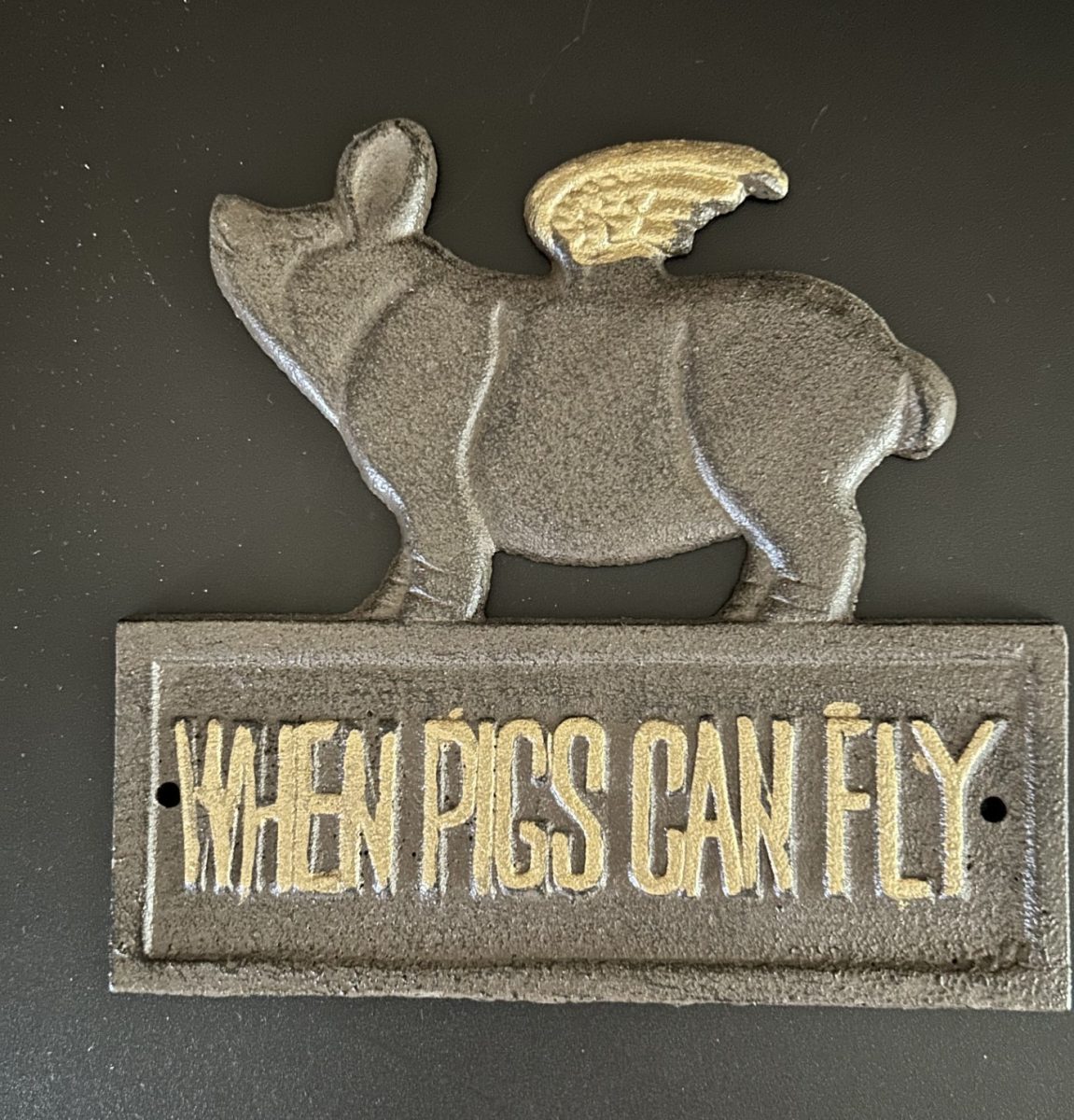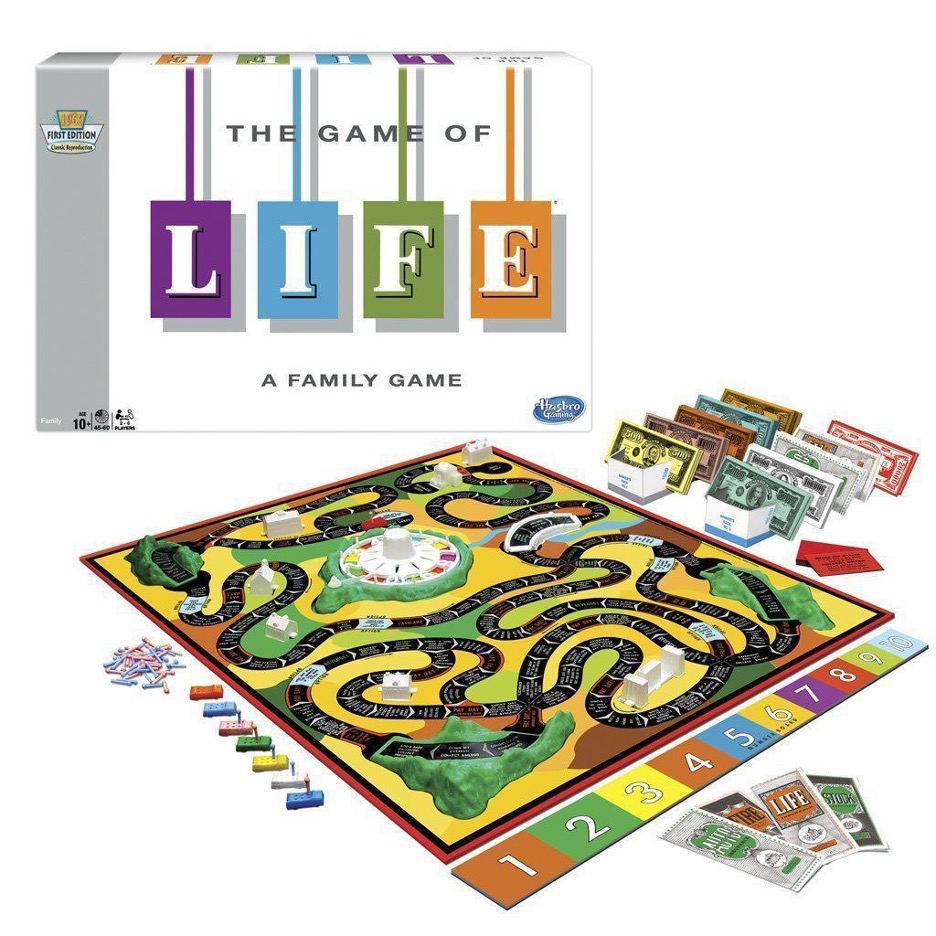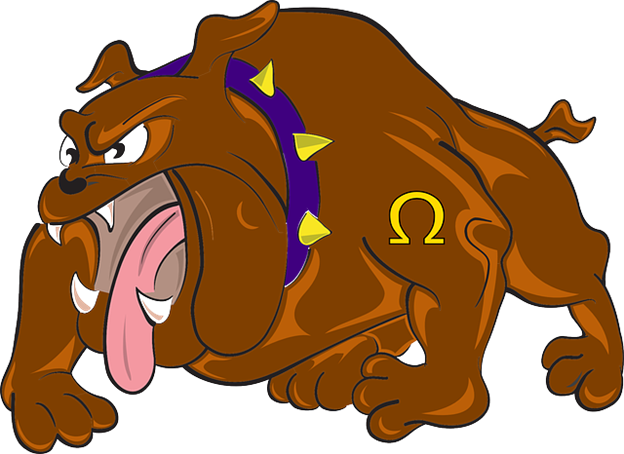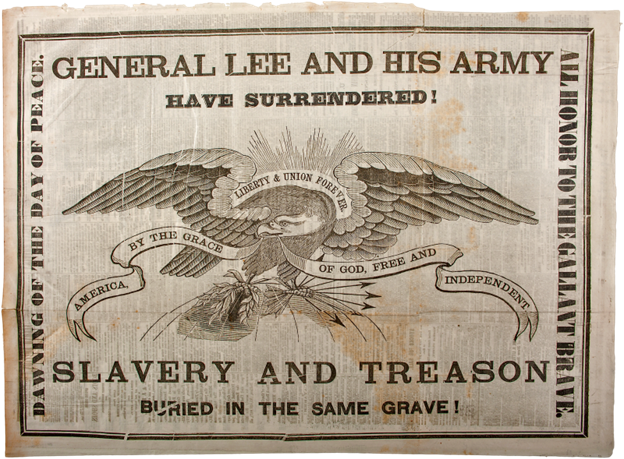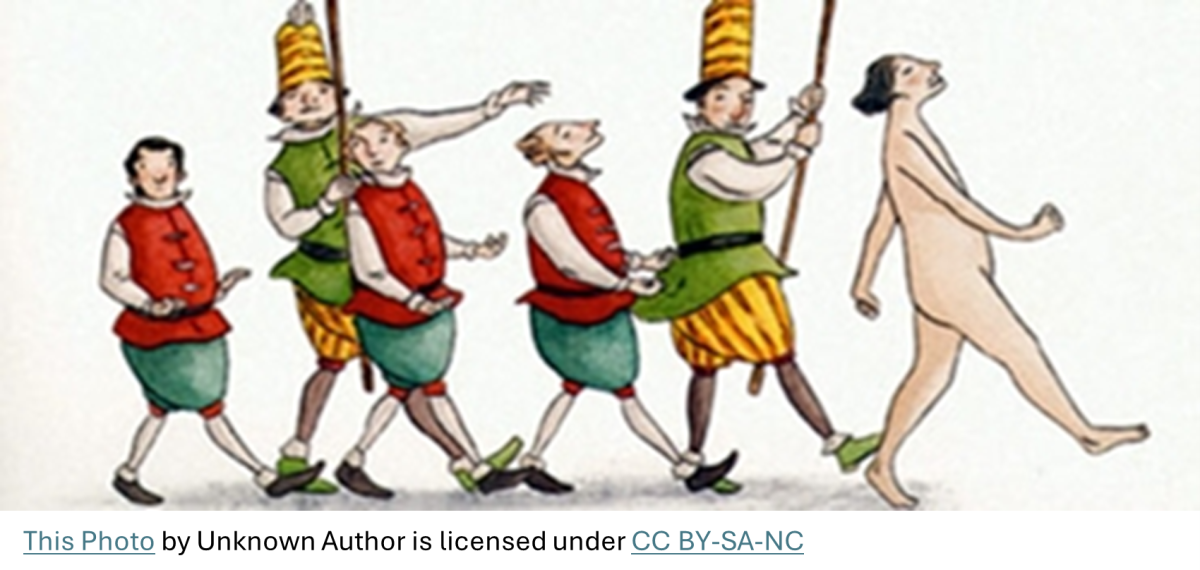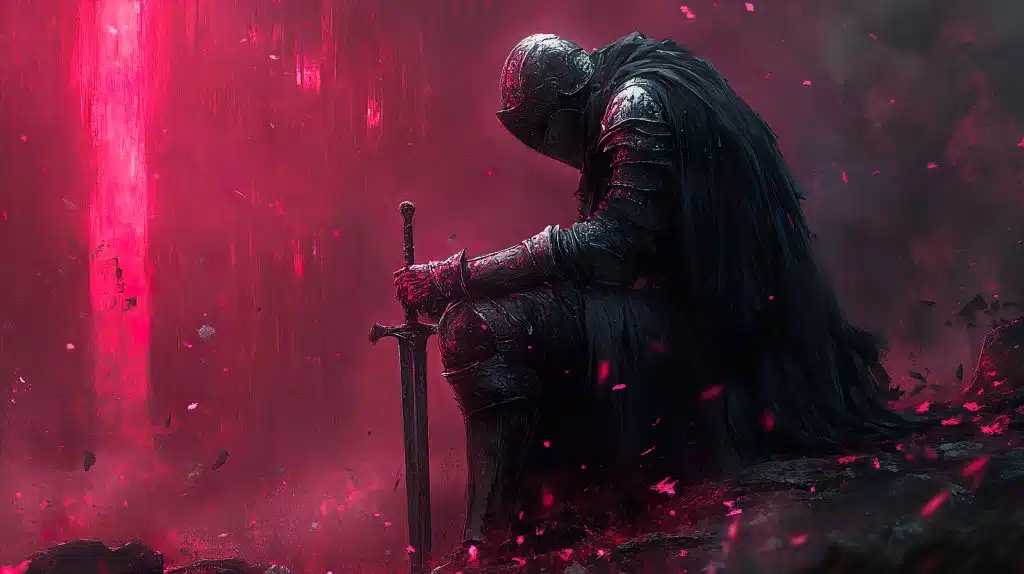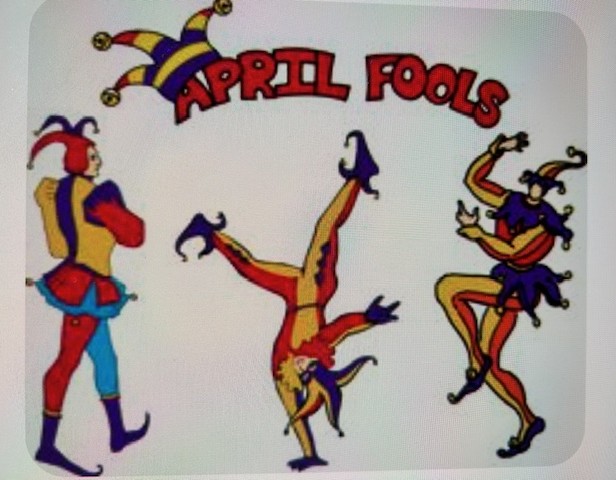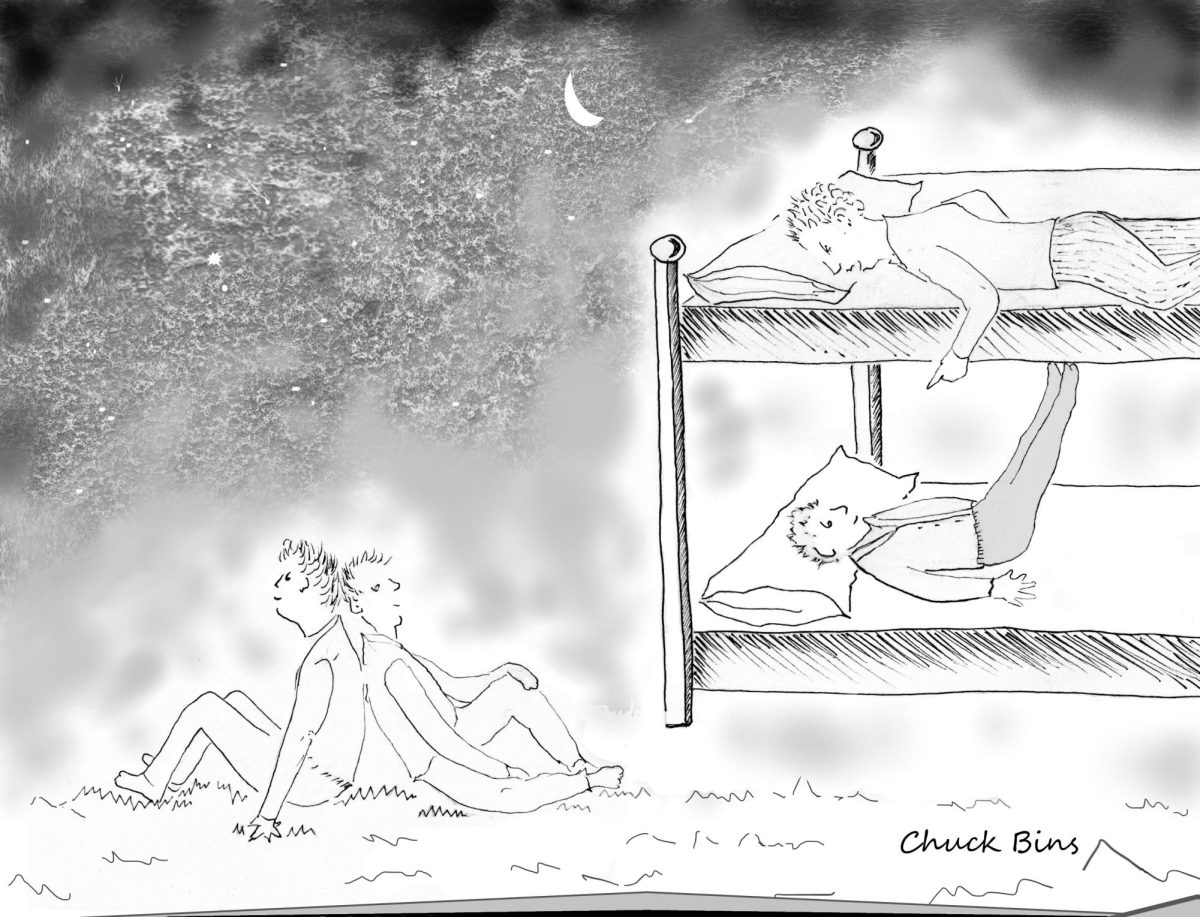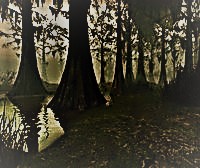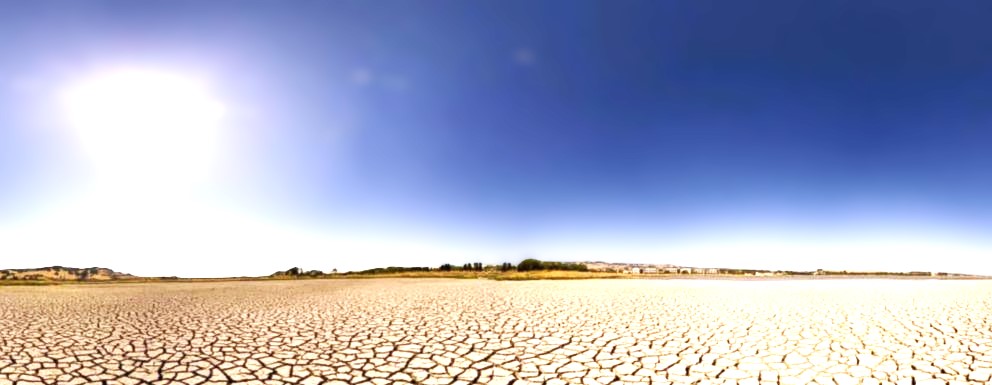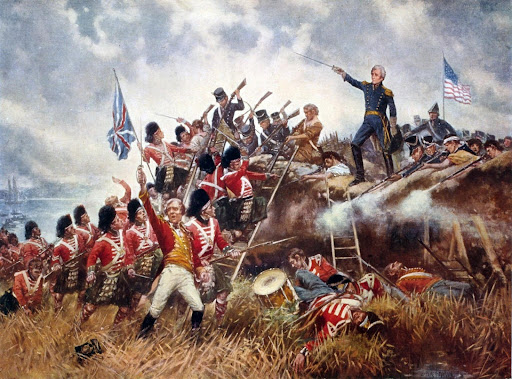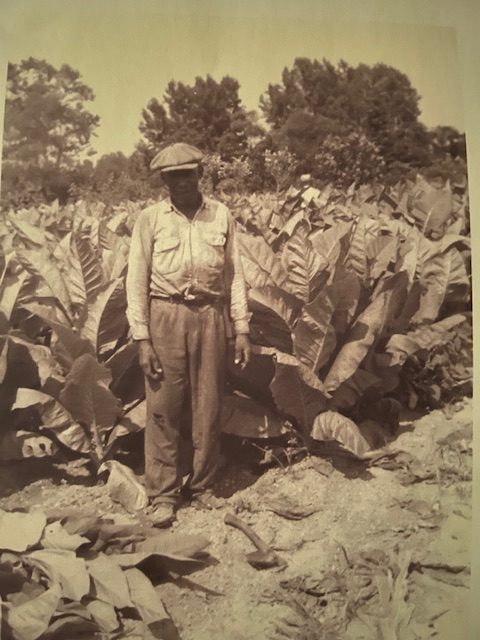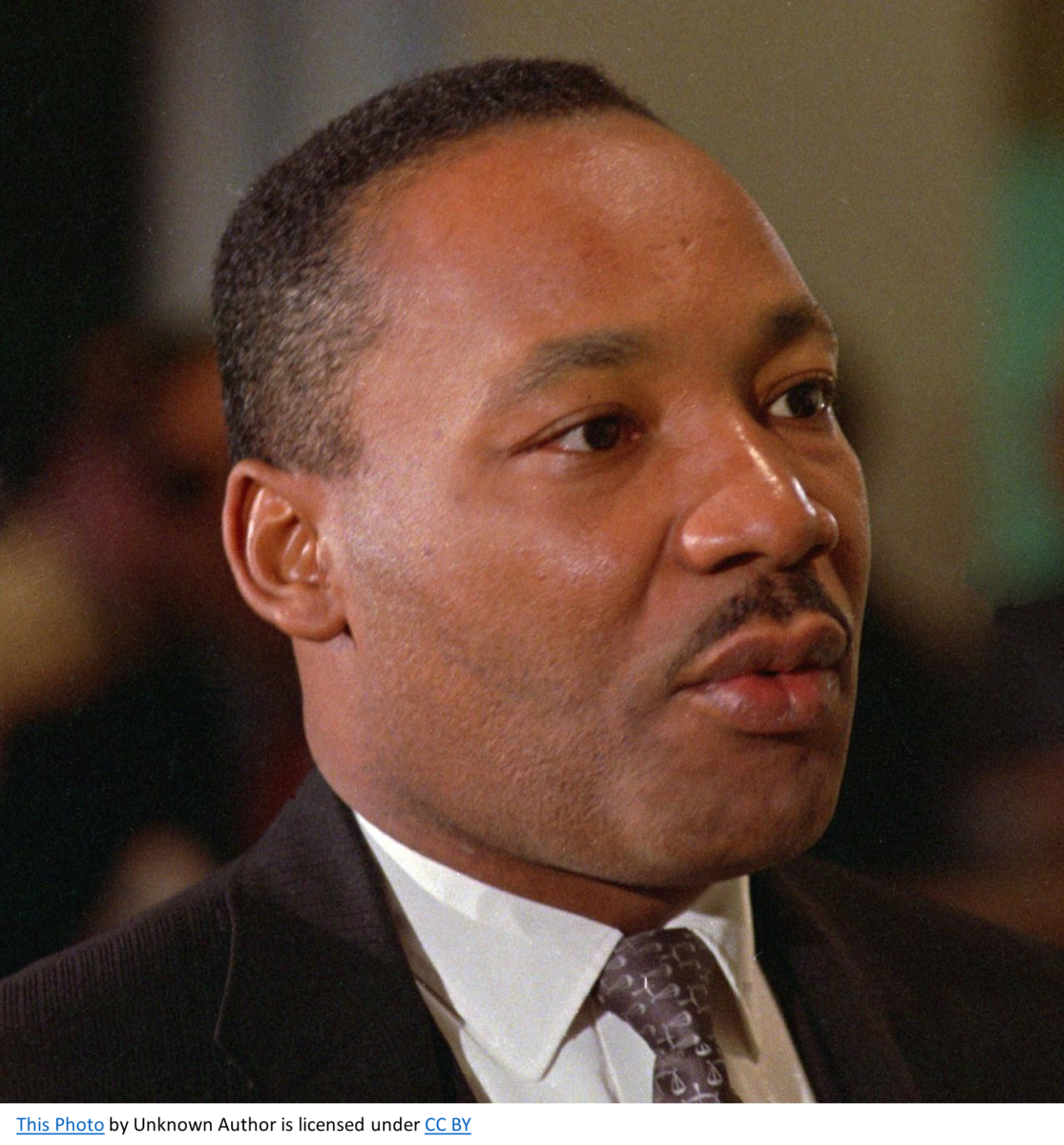Throughout the early 1950s, professional baseball in Mexico was in decline. Attendance was down and the professional leagues were in shambles. In short, baseball in Mexico needed a miracle and they got it in August of 1957, but it didn’t occur in Mexico. It took place in the United States at a place called Williamsport, Pennsylvania, in front of an overflow crowd of 10,000 spectators. This was the first Little League World Series (LLWS) tournament to include a team from outside of the United States or Canada.
The official name of Mexico’s team was, “Industrial Little League of Monterrey, Nuevo León, Mexico,” but they were better known by the nickname they earned on the way to the championship game, “The Little Giants.”
In early July 1957, the Monterrey team crossed the U.S. border to compete in an area tournament in McAllen, Texas. The team members were issued three-day passes by the U.S. Consulate in Monterrey. The plan was to play for one day, and then sightsee for two more days.
No one thought that they could survive the first game against a U.S. team. As one of the opposing coaches said, “These Mexican kids will win a baseball game in the USA, much less become champions, when pigs can fly.”
A week later, the team returned to Monterrey. They’d won their first game, but their money ran out after three days, and their coach called the Immigration and Naturalization Service in Washington, D.C., to obtain a visa extension for all his players. The agreement with the INS was simple: their visas were extended to allow them to play in the Little League qualification tournaments in the U.S. until the team was eliminated.
Led by Angel Macías, the Monterrey team won 13 games in a row, including a sweep of the South Texas Region Tournament. Their visa extension remained in force.
Against all odds, Monterrey’s Little League team advanced to the final game of the LLWS in Williamsport, Pennsylvania. They would face a powerful team from La Mesa, California, who coasted to the final game.
People in Monterrey, Mexico, gathered around their radios, looking forward to a David and Goliath contest. What they got was much more. Monterrey’s pitcher, Angel Macias, started the game by striking out La Mesa’s first three batters. The score remained 0-0 until the fifth inning when Monterrey exploded with four runs. Macias continued his dominance until the final out. The ball never got out of the infield and Macias pitched the first perfect game in LLWS history. The final score was 4-0 in favor of Monterrey with 11 strikeouts.
This unlikely victory became a national morale builder and caused people in Mexico to walk a little taller. The feeling was, “If our children can do something spectacular, why can’t we?”
That night, the CBS evening news reported the results of the LLWS after showing a film clip of the American coach’s flying pig criticism: “Shortly after 8 pm, a sounder of pigs was observed crossing the border near Eagle Pass, Texas, flying west toward Monterrey, Mexico.”
In those days, baseball was still a game, played by men who loved the sport. Salary caps and drug testing were far over the horizon. Earrings were worn by women who attended the games and steroids were injected into livestock to assist with their recovery from injuries.
Everyone wanted to play baseball like Mickey Mantle, Jackie Robinson, Joe DiMaggio, Willie Mays, Bob Feller, or Roy Campanella, who had played for two years in the Mexican League as a catcher for the Monterrey Sultans.
And then “The Little Giants” of Monterrey walked a little taller.

